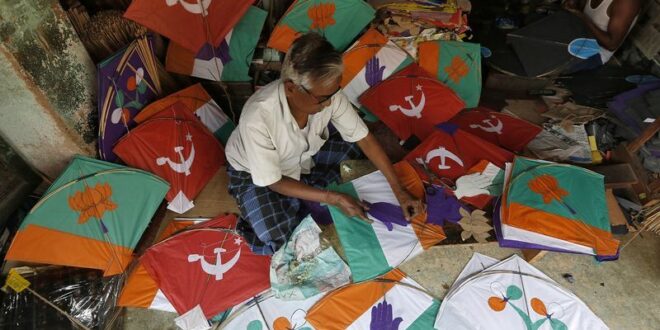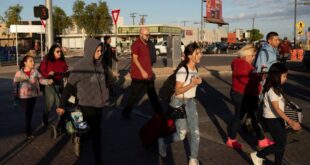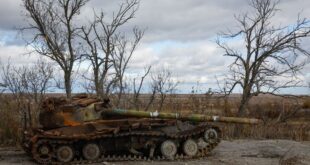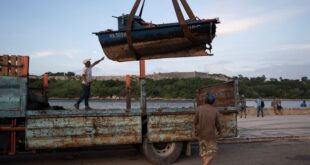MUMBAI (Reuters) – Nearly a billion people will be eligible to vote in India’s general elections, to be held over almost seven weeks from April 19, where Prime Minister Narendra Modi will seek a record-equalling third straight term.
The elections for 543 seats in India’s Lok Sabha, or lower house of parliament, will run through June 4, a mammoth exercise spanning the country’s varied terrain. More than 2,400 political parties are expected to put up candidates.
Here are a some facts about India’s general elections, the world’s largest democratic exercise.
NUMBERS
Almost 970 million Indians are registered to vote at over a million polling stations across the country. India’s election commission will rope in nearly 15 million government employees, many of them teachers and junior workers, to help conduct the election.
The election will be held in seven phases, with votes to be counted and results expected on June 4 and the entire election process completed by June 6.
PARTIES
Modi’s Hindu-nationalist Bharatiya Janata Party (BJP), the dominant political group, is widely expected to win more than the required 272 seats needed for a simple majority.
Modi predicts the BJP will win 370 seats and its National Democratic Alliance more than 400, aiming for a four-decade high.
His main opposition, the Congress party, which has ruled India for much of its time since independence in 1947, formed a 28-party alliance called INDIA (Indian National Developmental Inclusive Alliance) to jointly fight the BJP. It has been riven by differences over giving up seats to field common candidates.
PROCESS
India uses electronic voting machines, introduced in 1982, and 5.5 million such machines will be used in this election. Electors cast their votes by pressing a button next to a candidate’s name and party symbol.
Election Commission of India guidelines say every voter should be within 2 km (1.2 miles) of a polling station, so polling officials often must trek for days or climb hills to reach remote locations in hilly areas. In one case, that means travelling through a jungle in the western state of Gujarat so a lone voter could cast his vote in a polling booth.
(Reporting by Shilpa Jamkhandikar; Editing by William Mallard)
 BeritaKini.biz Berita Viral Terkini di Malaysia
BeritaKini.biz Berita Viral Terkini di Malaysia





